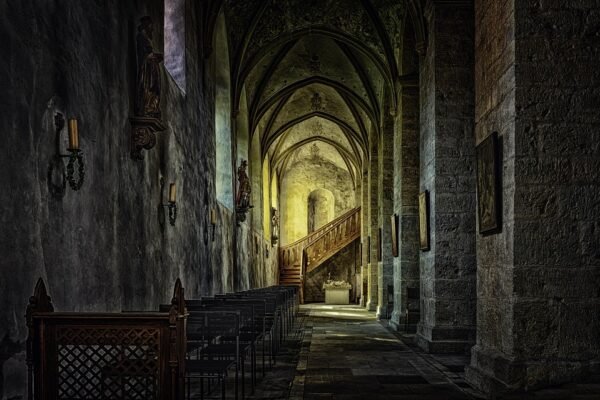

Explore the Enigmatic City of Meroe in Sudan – Lost City Found – Retro Timeline
Moreo, the Lost city of pyramids in Sudan, lay hidden in the sands of time for centuries, flourishing between 300 BCE and 300 CE as the capital of the Kingdom of Kush, a rival of the Egyptian empire. Mentioned in Greek and Roman texts for its wealth in producing iron, ivory, and luxury goods, the city’s location remained lost until European explorers rediscovered it in the 19th century. Situated on the east bank of the Nile River, about 200 km northeast of Khartoum, the site spans 30 km and features over 200 pyramids, along with temples, palaces, and tombs adorned with intricate reliefs depicting daily life, mythology, and religion. Known for its ironworking industry, Meroe’s iron artifacts are considered among the finest examples of ancient ironwork, yet it remains relatively unrecognized by the general public.
Meroe is just one of the lost cities that have captivated scholars and adventurers, with the legendary Atlantis also stirring fascination and speculation for centuries. Many mysteries still await discovery by archaeologists and historians, adding to the allure of these lost civilizations.
Founded around 800 BCE, Meroe quickly became a crucial trade, industry, and cultural hub due to its strategic location on the Nile River and access to nearby iron deposits. Despite being raided and abandoned multiple times, the rediscovery of Meroe’s pyramids and structures offers a glimpse into its rich past. The smaller and steeper pyramids of Meroe, distinct from those in Egypt, feature intricate reliefs illustrating daily life, mythology, and religion, making it a city of historical significance.
Meroe was not just a center of trade and industry but also a hub of culture and creativity, shaped by its unique history, geography, and interaction with diverse cultures. The Kingdom of Kush, Meroe’s capital, boasted sophisticated art, architecture, and religion, with the Meroitic language used in official inscriptions, though it remains a linguistic mystery. Ruled by a line of powerful queens believed to be divine, Meroe also housed craftsmen, merchants, and farmers, creating a diverse and thriving society that remains a vital part of African heritage.
The architecture and artifacts of Meroe shed light on its complex history, with the pyramids serving as tombs for rulers and nobility, while temples, palaces, and other structures showcase impressive skill and creativity. The city’s ironworking industry produced intricate artifacts, including weapons, tools, and jewelry, alongside pottery, textiles, and inscriptions in the Meroitic language. Archaeological excavations have unearthed significant finds like Queen Amanishakheto’s palace and the Royal Baths, offering a deeper understanding of Meroe’s culture and society.
The relationship between Meroe and the broader Kingdom of Kush was multifaceted, shaped by geography, politics, and cultural influences. As the capital shifted to Meroe, it maintained a decentralized society with diverse populations and interactions with neighboring civilizations like Egypt, Rome, and the Axumite Empire. Known for military prowess and trade, the Kingdom of Kush’s legacy continues to intrigue scholars today.
Despite its illustrious history, Meroe declined and was abandoned in the 4th century CE for reasons still not fully understood. Factors like the rise of the Kingdom of Aksum, the decline of the Meroitic language, and environmental degradation are believed to have contributed to its downfall. However, Meroe’s legacy lives on, inspiring research into the Kingdom of Kush’s culture and society, showcasing African civilization’s resilience and creativity in shaping the modern world.







